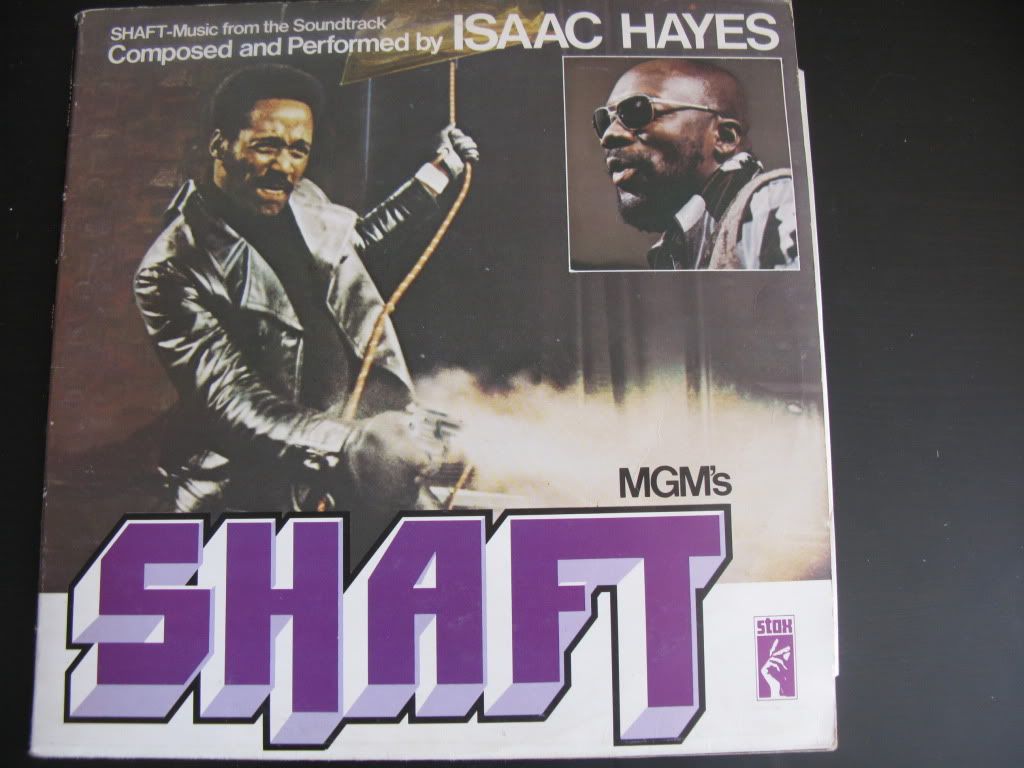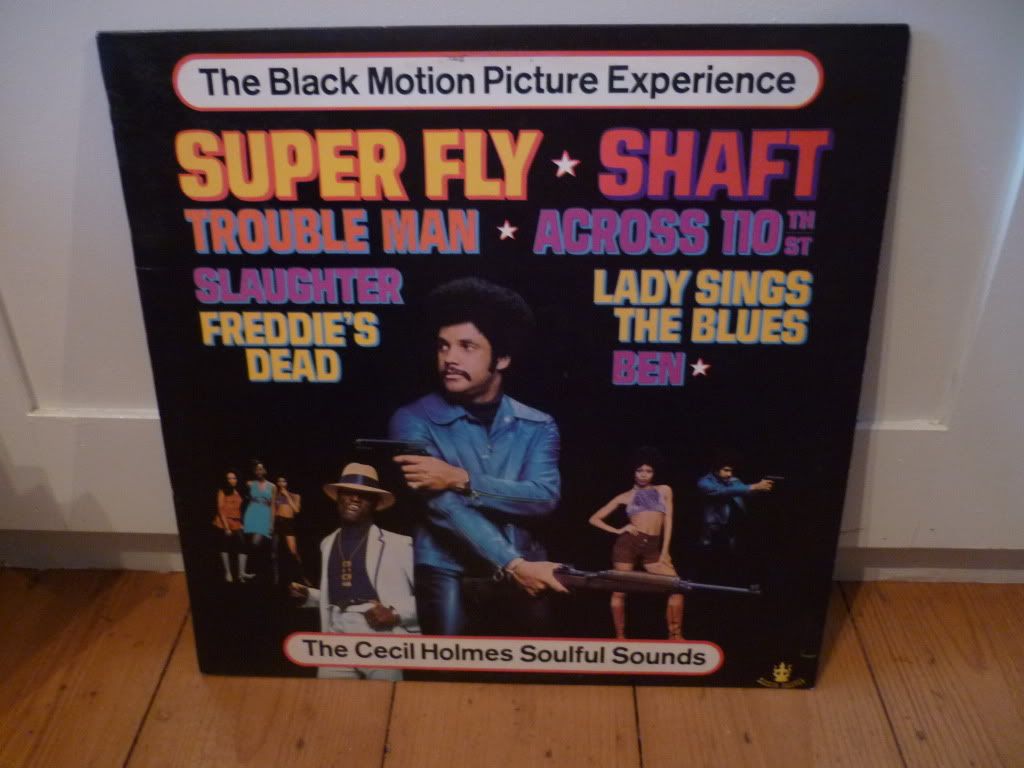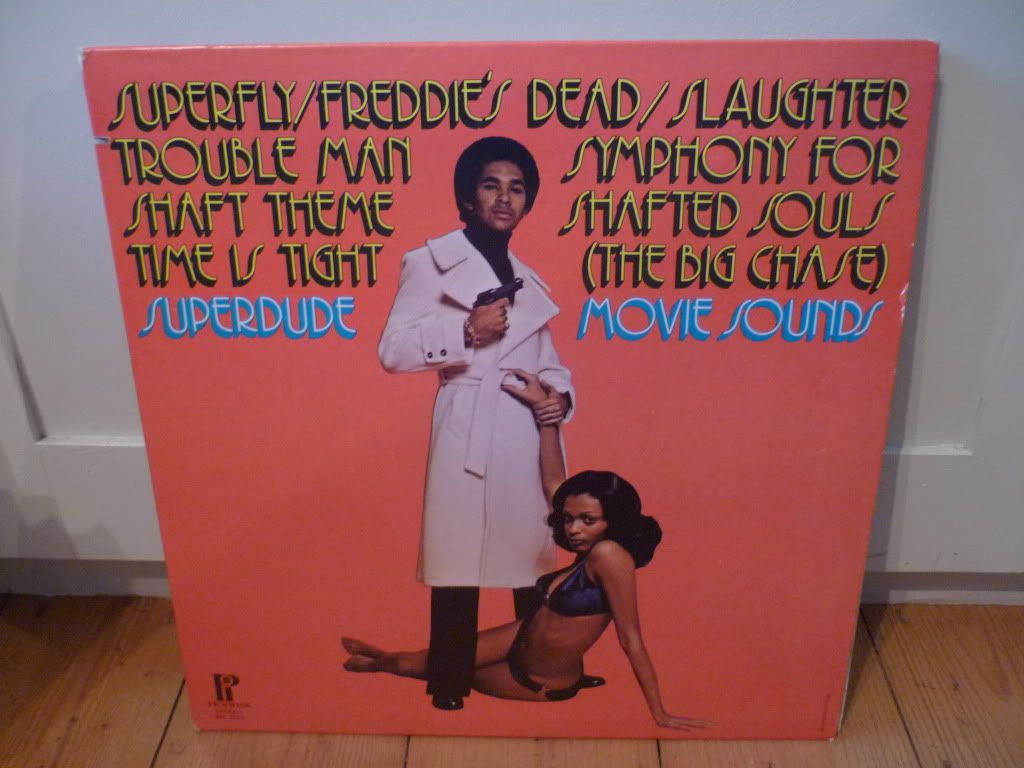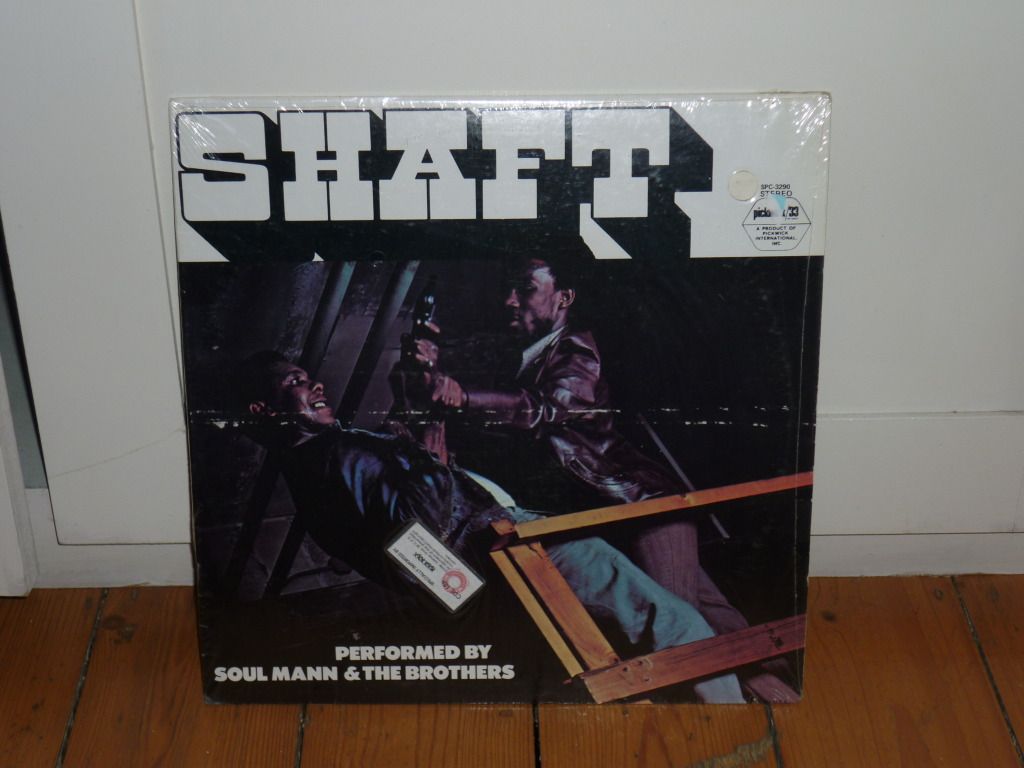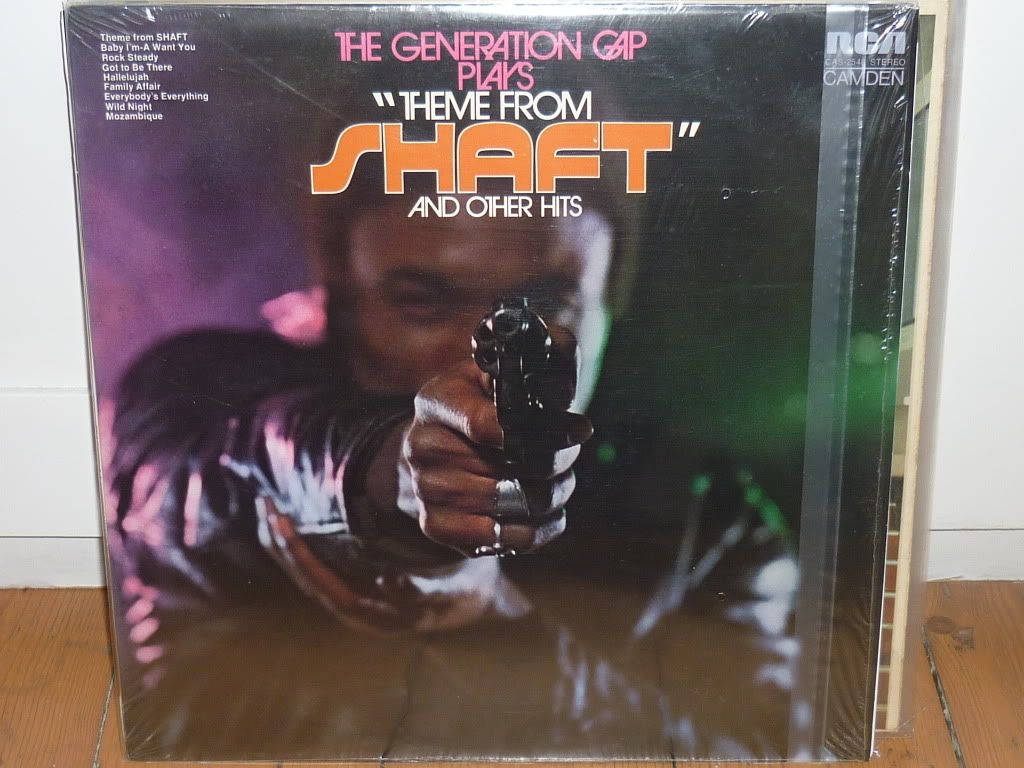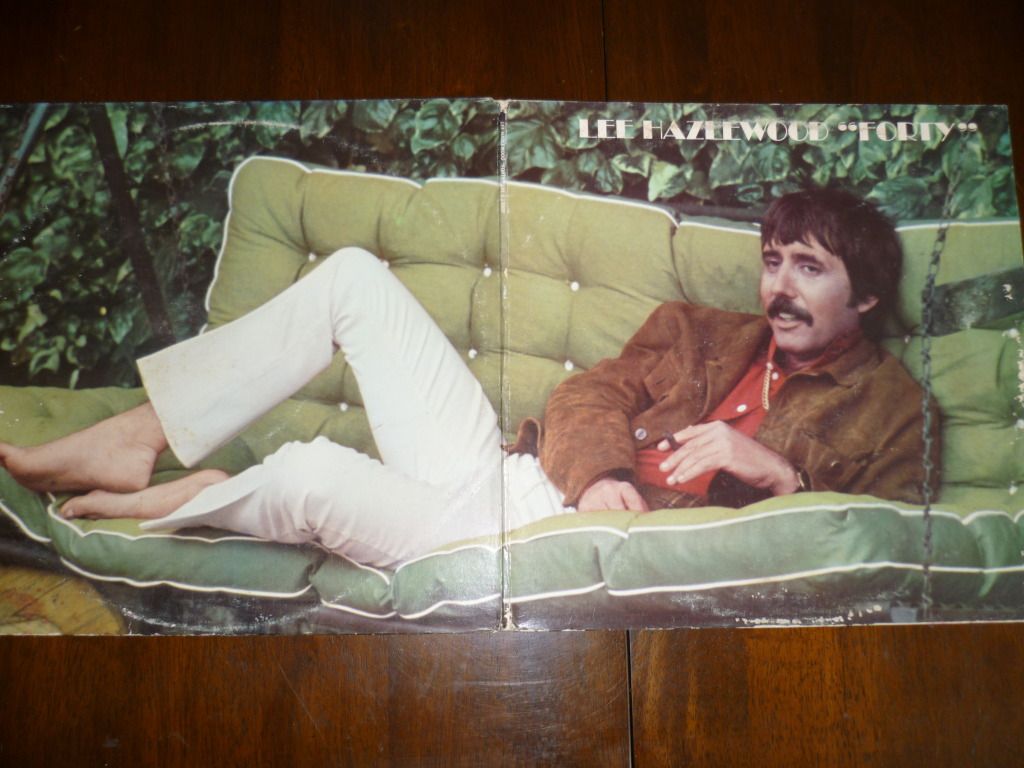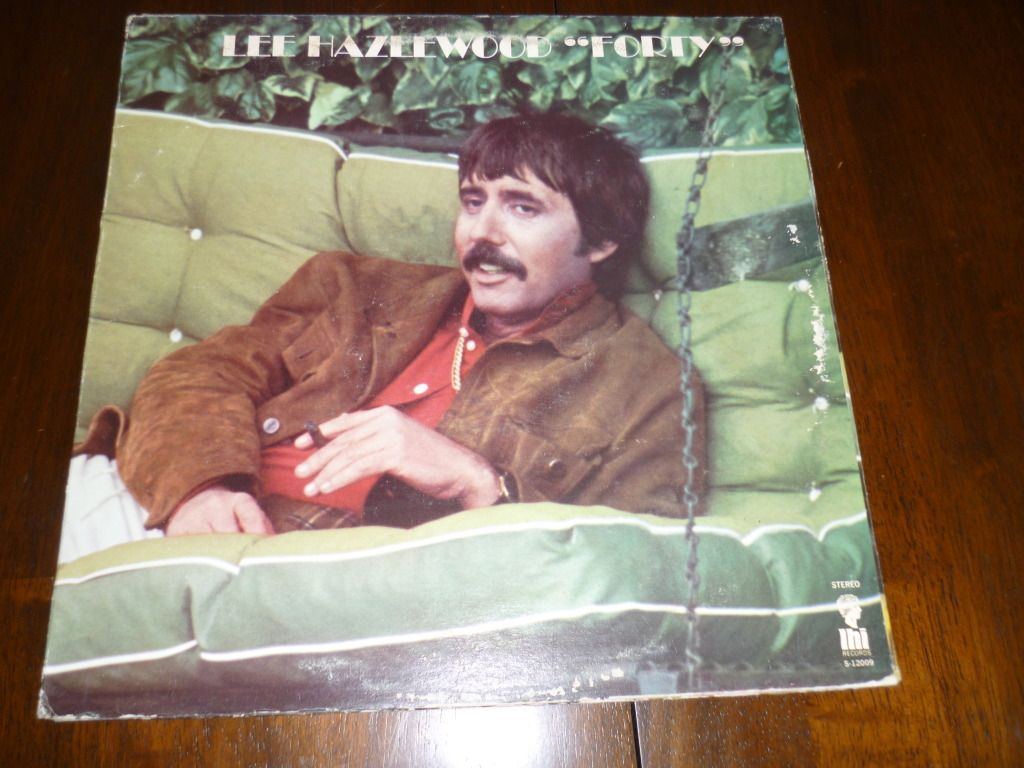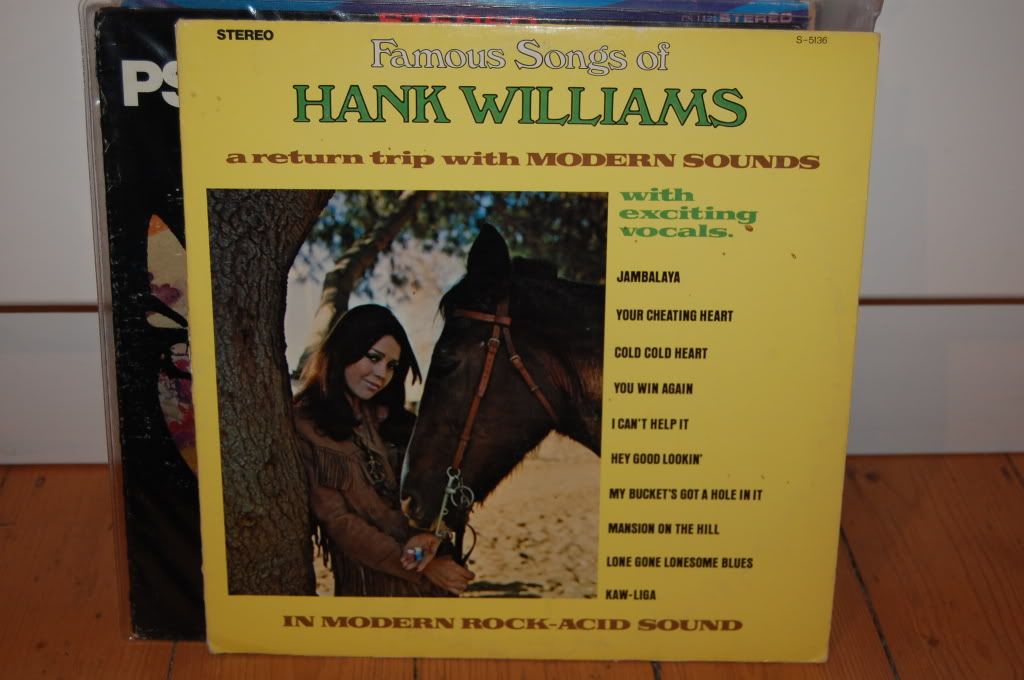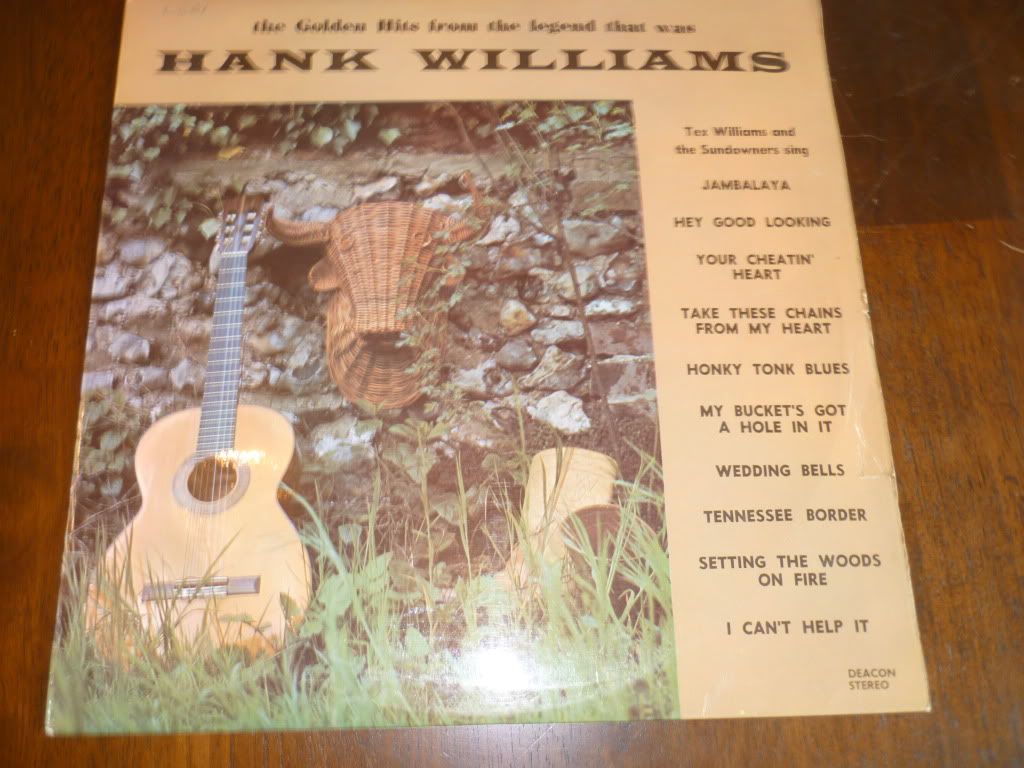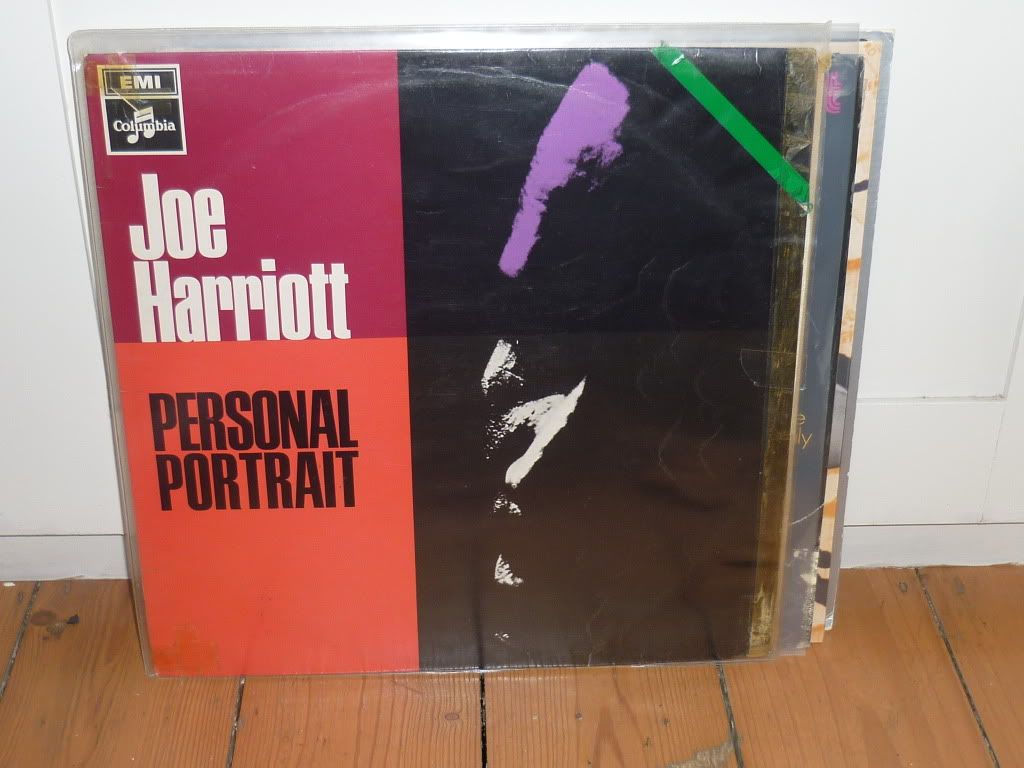I have a confession to make. I don't really like Shaft very much. I know he's a tough black dude who doesn't take any shit from anyone - not even the white police. I know he's a love god who is about as much of an alpha male as its possible to be. In the world of Shaft there are only three kinds of people - friends (not many of those), enemies (who deserve to be thrown out of a window with out any remorse) and women (who all want to sleep with him). He's as unlikeable as James Bond, but crucially, he has much funkier music.
Issac Hayes' soundtrack to Shaft is a phenomenon and if nothing comes up to the brilliance of the Theme from Shaft then, to be fair, not much else does. Its a ground breaking song which seems to distill the essence of Shaft but also to embody the swagger and confidence of a new black American sensibility. Shaft may have been a caricature but he was one that struck a chord with a lot of black men in the US.
Although Shaft was not the first US movie that had a powerful black lead, was set in the contemporary world and was set in the criminal underworld (the honour goes to the amazing Sweet Sweetbacks Baadasssss Song) it was the most popular.
Hayes' Theme to Shaft would go on to be covered by just about everyone in just about every style. From Horst Jankowiski, to the Ventures to Decimo's disco version and even Sammy Davis Jr's crack at it, everyone with a wah wah peddle had a crack at it.
The record was such a success that all the following Blaxploitation movies tried their hand at hit soundtracks - often without success.
However, in the US, soundtrack records to b-movies had been released since the 1950s. Nothing was going to change for this new genre.
What was slightly different was that, the popularity of the Bond movies, and Morricone's music to the Leone westerns, had shifted the focus from b-movies with b-grade soundtracks (albeit with some unintentional moments of genius) to the creation of a demand from the record buying public to own the themes to popular movies, but without the hassle of owning the whole soundtrack.
The UK in the late seventies saw a glut of movie and TV soundtrack records as big bands tried to stay relevant and hence stay alive. In the US there seems to have been more of a market for slightly different covers of movie music. Anyone for mariachi, or rockabilly, or jazz takes on famous themes?
So we come to Blaxploitation covers records - Blaxploitation exploitation.
By far and away the best is Cecil Holmes Soulful Sounds - The Black Motion Picture Experience.
Cecil Holmes was a veteran of any number of movie themed, big band cover records.
Here he stays close to the originals, albeit in a big funky band format.
It has one of the few themes from the movie Slaughter committed to vinyl, which for that alone, makes it work picking up.
The Soulful Sounds don't linger long but they manage to get through Across 110th Street, Slaughter, Ben (bit of a stretch that one I can't help feeling), Freddie's Dead, Superfly, Trouble Man, Shaft and Love Theme from Lady Sings the Blues - which although not the funkiest track seems the most imaginative.
As good as this it, however, it exemplifies two of the problems with covering themes from Blaxploitation movies. Not only are the originals much better and funkier, but, most crucially, most people won't have heard the originals. So you all own a copy of the Shaft soundtrack. But what about Slaughter and Across 110th Street and Trouble Man, and Superfly?
The unknown Superdudes have a crack at the same thing on their unimaginatively titled effort on Pickwick.
The music stays reasonably close to the originals, this time with vocals. Unfortunately the singer appears to have been recorded down a well and lets the band down somewhat. None more so that on their version of Slaughter (another 'rare' version). It sounds as though the singer is straining everything he has to be 'rough' and 'funky' and just about manages gruff.
They also go for some less obvious tracks, covering Booker T and the MGs' Time is Tight (competent), Symphony for Shafted Souls from Shaft's Big Score and Bumpy's Blues and Bumpy's Lament from Shaft. They just can't stay away from Superfly, Freddie's Dead and, of course, the Theme from Shaft!
Pickwick also released Soul Mann and the Brothers' Shaft record. Leaving aside the truely awful name (is it just me that thinks it sounds like the brainchild of some white record executive?) and the bizarre cover photo which has nothing to do with the movie, the really odd thing about this record is that it is just as good as the original. The cover versions are so like the original versions that sometimes, if you were doing something else, and weren't really thinking about what was on the turntable you might think that it WAS the Hayes' record.
Its not a bad record. Its just a rather uncessary one. But if you thought that one record that sounded like a carbon copy of the Shaft soundtrack was one too many - you were wrong!
In case you weren't able to get your hands on the original Issac Hayes double album or any of the subsequent slimmed down versions, and the US Pickwick version was difficult to track down in the UK you could get this record on Hallmark - a subsidiary of Pickwick.
Don't be fooled by the cover. The fighting men on the front may look just like the guys on the cover of the Pickwick record - and that's because they are the same.
Someone must have thought that Soul Mann was a really stupid name, and that Mack Browne was somehow more sensible. Still accompanied by the Brothers though!
In the modern music world its hard to imagine a situation where anyone would think that a good way to make money was to make a record that sounded just like a record that was already one of the best selling soundtracks of all time. If you can get the orginal, why would you go for Soul Mann, or Mack Browne??
The Generation Gap plays Theme from Shaft and Other Hits isn't really a Blaxploitation Exploitation record. They only cover the Theme From Shaft - the rest of the record are covers of other funky tracks.
More big band stuff with tough drums you should pick this up if you find it cheap - just don't pay any real money for it!
Clearly there weren't enough people buying these records to tempt people to produce many more of them.
If there had been this post would have been much longer (aren't you pleased?).
Issac Hayes' soundtrack to Shaft is a phenomenon and if nothing comes up to the brilliance of the Theme from Shaft then, to be fair, not much else does. Its a ground breaking song which seems to distill the essence of Shaft but also to embody the swagger and confidence of a new black American sensibility. Shaft may have been a caricature but he was one that struck a chord with a lot of black men in the US.
Although Shaft was not the first US movie that had a powerful black lead, was set in the contemporary world and was set in the criminal underworld (the honour goes to the amazing Sweet Sweetbacks Baadasssss Song) it was the most popular.
Hayes' Theme to Shaft would go on to be covered by just about everyone in just about every style. From Horst Jankowiski, to the Ventures to Decimo's disco version and even Sammy Davis Jr's crack at it, everyone with a wah wah peddle had a crack at it.
The record was such a success that all the following Blaxploitation movies tried their hand at hit soundtracks - often without success.
However, in the US, soundtrack records to b-movies had been released since the 1950s. Nothing was going to change for this new genre.
What was slightly different was that, the popularity of the Bond movies, and Morricone's music to the Leone westerns, had shifted the focus from b-movies with b-grade soundtracks (albeit with some unintentional moments of genius) to the creation of a demand from the record buying public to own the themes to popular movies, but without the hassle of owning the whole soundtrack.
The UK in the late seventies saw a glut of movie and TV soundtrack records as big bands tried to stay relevant and hence stay alive. In the US there seems to have been more of a market for slightly different covers of movie music. Anyone for mariachi, or rockabilly, or jazz takes on famous themes?
So we come to Blaxploitation covers records - Blaxploitation exploitation.
By far and away the best is Cecil Holmes Soulful Sounds - The Black Motion Picture Experience.
Cecil Holmes was a veteran of any number of movie themed, big band cover records.
Here he stays close to the originals, albeit in a big funky band format.
It has one of the few themes from the movie Slaughter committed to vinyl, which for that alone, makes it work picking up.
The Soulful Sounds don't linger long but they manage to get through Across 110th Street, Slaughter, Ben (bit of a stretch that one I can't help feeling), Freddie's Dead, Superfly, Trouble Man, Shaft and Love Theme from Lady Sings the Blues - which although not the funkiest track seems the most imaginative.
As good as this it, however, it exemplifies two of the problems with covering themes from Blaxploitation movies. Not only are the originals much better and funkier, but, most crucially, most people won't have heard the originals. So you all own a copy of the Shaft soundtrack. But what about Slaughter and Across 110th Street and Trouble Man, and Superfly?
The unknown Superdudes have a crack at the same thing on their unimaginatively titled effort on Pickwick.
The music stays reasonably close to the originals, this time with vocals. Unfortunately the singer appears to have been recorded down a well and lets the band down somewhat. None more so that on their version of Slaughter (another 'rare' version). It sounds as though the singer is straining everything he has to be 'rough' and 'funky' and just about manages gruff.
They also go for some less obvious tracks, covering Booker T and the MGs' Time is Tight (competent), Symphony for Shafted Souls from Shaft's Big Score and Bumpy's Blues and Bumpy's Lament from Shaft. They just can't stay away from Superfly, Freddie's Dead and, of course, the Theme from Shaft!
Pickwick also released Soul Mann and the Brothers' Shaft record. Leaving aside the truely awful name (is it just me that thinks it sounds like the brainchild of some white record executive?) and the bizarre cover photo which has nothing to do with the movie, the really odd thing about this record is that it is just as good as the original. The cover versions are so like the original versions that sometimes, if you were doing something else, and weren't really thinking about what was on the turntable you might think that it WAS the Hayes' record.
Its not a bad record. Its just a rather uncessary one. But if you thought that one record that sounded like a carbon copy of the Shaft soundtrack was one too many - you were wrong!
In case you weren't able to get your hands on the original Issac Hayes double album or any of the subsequent slimmed down versions, and the US Pickwick version was difficult to track down in the UK you could get this record on Hallmark - a subsidiary of Pickwick.
Don't be fooled by the cover. The fighting men on the front may look just like the guys on the cover of the Pickwick record - and that's because they are the same.
Someone must have thought that Soul Mann was a really stupid name, and that Mack Browne was somehow more sensible. Still accompanied by the Brothers though!
In the modern music world its hard to imagine a situation where anyone would think that a good way to make money was to make a record that sounded just like a record that was already one of the best selling soundtracks of all time. If you can get the orginal, why would you go for Soul Mann, or Mack Browne??
The Generation Gap plays Theme from Shaft and Other Hits isn't really a Blaxploitation Exploitation record. They only cover the Theme From Shaft - the rest of the record are covers of other funky tracks.
More big band stuff with tough drums you should pick this up if you find it cheap - just don't pay any real money for it!
Clearly there weren't enough people buying these records to tempt people to produce many more of them.
If there had been this post would have been much longer (aren't you pleased?).
